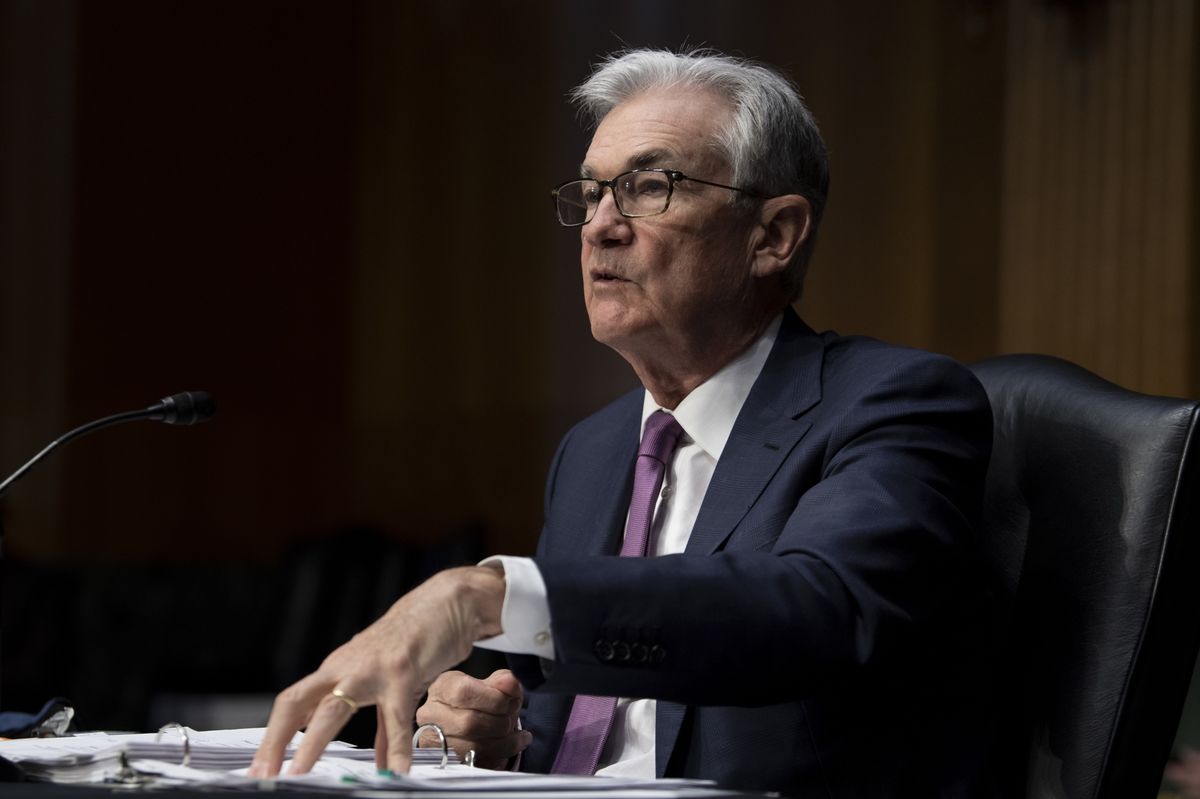How will the USD move after the FED’s rate hike?
To combat inflation, the Fed raised interest rates by 0.75 percentage point for the second time in a row.

The Fed raised interest rates by 0.75 percentage point for the second time in a row.
>> Central banks face challenges in setting a "Goldilocks" policy
Ever wondered what moves financial asset prices, particularly currencies? Is it the sorts of things that are tirelessly talked about by traders, investors, and the press, or something else? It seems to us that 95%, or more, of what is talked about is central bank policy. We obsess over every fine detail of what the Fed does, or does not do, as we will see again today, and other central banks as well. But is this really the only thing, or even the most important thing, driving currencies?
On a day like today, the Federal Reserve (FED) enacted its second consecutive 0.75 percentage point interest rate increase as it seeks to tamp down runaway inflation without creating a recession. When the FED announces its decision, we’re likely to see the dollar move, even if only temporarily. Because the market can see the dollar move when the Fed announces policy changes, it seems that traders, investors, and the press assume that monetary policy is also the most important factor driving currencies for the other 240-plus days of the year when the Fed is not meeting.
However, this is not correct and investors risk over obsessing about what central banks do, and don’t do. For a start, currencies still move even when monetary policy is dormant, which it has been for long periods of time since the global financial crisis. It's not that central bank policy and interest rate differentials are unimportant; just that they are far less important than many people might suppose.
Mr. Steve Barrow, Head of Standard Bank G10 Strategy thinks that there’s been a clear example of this over the past year or so. For, if you were to ask anyone in the FX market why the dollar has risen, we dare say that the vast majority would put it down to Fed policy. Especially since many other central banks, such as the ECB and the Bank of Japan, have either dragged their feet on rate hikes (the ECB) or done nothing at all (the BoJ).
"We don’t doubt that Fed policy tightening has a role, particularly because it tends to tighten global financial conditions and that gives the dollar a double-boost as investors head for the greenback given its safe-asset qualities. However, there are much more significant things going on as far as currencies are concerned, not least the enormous divergence in the terms of trade across countries. While the relatively resource-rich United States sees its trade terms improve, major energy importers such as the eurozone and Japan have seen them fall.If you don’t believe this, just ask yourself why the dollar/yen has soared from around 115 to near 140 this year when, back in 2015-19, the Fed hiked rates a total of 225-bps, with no reply from Japan, and yet the dollar/yen barely budged?", said Mr. Steve Barrow.
>> A risk of more US dollar strength in the near term
There’s another good example of this if we come away from the major currencies and instead look at the Aussie/kiwi cross. The RBNZ has taken a very aggressive line on monetary tightening, while the RBA has been one of the slowest out of the blocks this year. But the Aussie has soared, and that’s largely due to the fact that the resource-rich Aussie has been lifted by terms of trade improvement relative to New Zealand.
Why are we talking about all of this? We are talking about it because it is not necessarily going to be the case that the dollar will end its bull run when the Fed signals, or arrives at the end of the monetary tightening cycle. If the terms of trade divergence between the US and elsewhere is still big and growing because of cuts in Russian gas supplies and further surges in European gas prices, for instance, then the dollar will likely stay firm and the euro soft.
Of course, Mr. Steve Barrow doesn’t doubt that the US dollar bears will pounce on any dovish signals from the Fed, but it is another thing to suggest that these temporary bouts of weakness can morph into a longer-term trend as long as the terms of trade continue to support the greenback.








